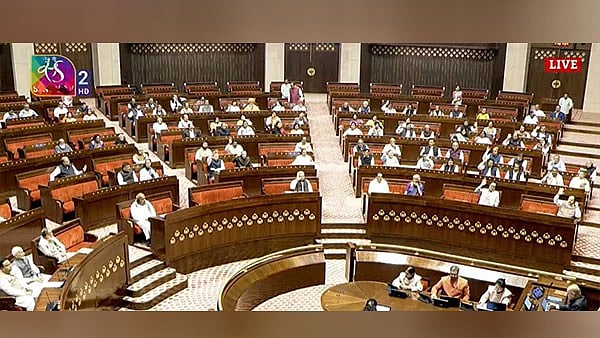She may not figure among the 50 top women of India, she failed to find a place in the list of those who influenced people or politics, yet at one time she was India’s best known woman in the world after Indira Gandhi, who was instrumental in cutting down her political career.
She was an ethereal beauty and a legend. She was not only Jaipur’s icon, but a woman of substance who was a pioneer in women’s education and set up the country’s first exclusive public school for girls in Jaipur. It was named after her, Maharani Gayatri Devi Public School, and later the Sawai Man Singh School in Jaipur again in the memory of her husband.
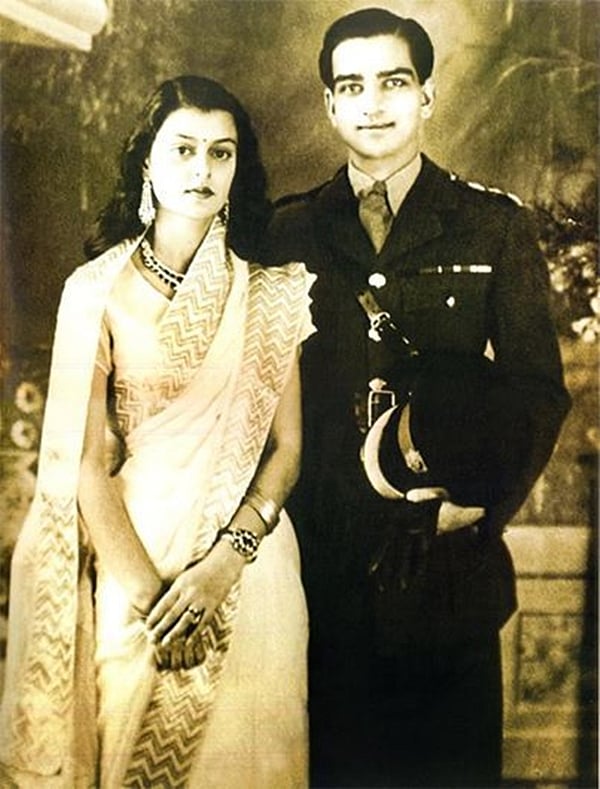
This is her birth centenary year and when one takes a look at her life one would sum it up as a very distinct woman, who was certainly not ordinary as she described herself. She was an enigma and world’s most stylish woman who led a very happy life, though she became a widow in 1970 when she was not too old and also lost her only son, Jagat Singh in 1997.
She was surely a very modern woman and the women of Jaipur idolised her because she was against the purdah system and opposed conventionalism.
She entered politics and launched the Swatantra Party in the state and made it a very powerful political outfit, yet she could not gain power as the her party was known as a party of the feudal lords, out to regain their lost land and power.
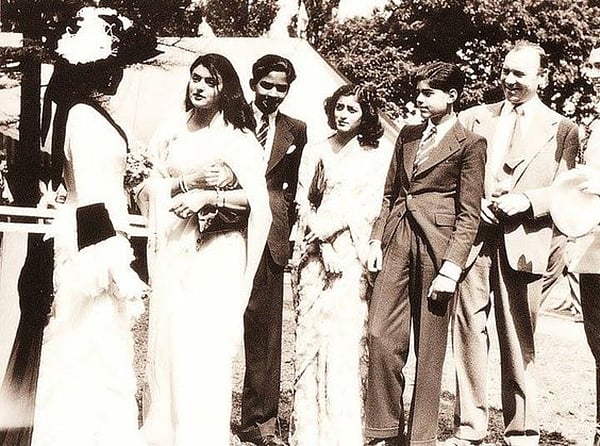
Gayatri Devi was born in London on May 23, 1919 and she was the daughter of the Maharaja of Cooch-Behar in West Bengal. She was brought up in the European environ and was educated in Switzerland and also at Shantiniketan.
She fell in love with Maharaja Sawai Man Singh of Jaipur, who was 12 older to her and the love story that started from the polo ground in the erstwhile Calcutta culminated into marriage in 1940. This was Maharaja’s third marriage; his two previous wives had children including late Brig Bahawani Singh, the last Maharaja of Jaipur.
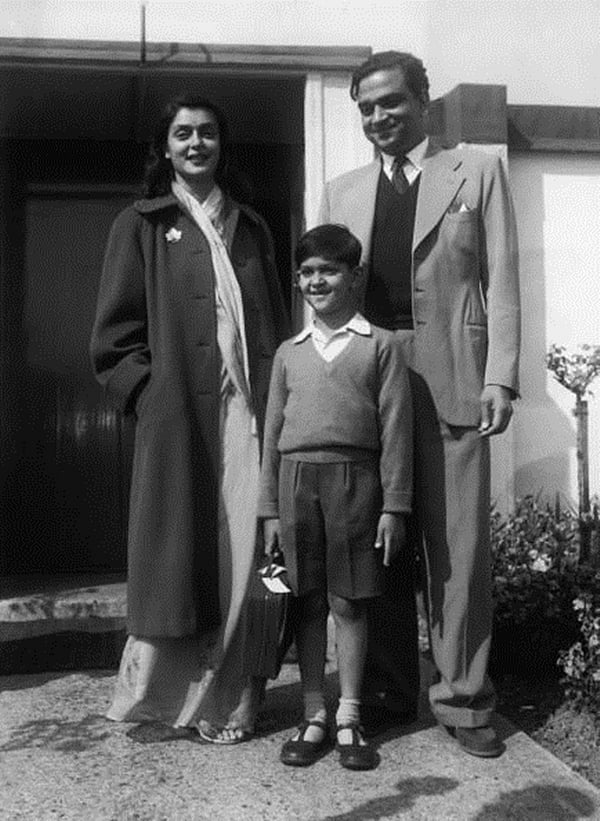
Unlike the other maharanis, she refused to live in purdah and was remembered as the first woman who advocated liberation of women. She also became a fashion icon.
Sawai Man Singh would spend the entire summer in England and having found a Maharani, who was well-versed with the western culture the Maharaja would socialize with the British and came closer to the British royalty.
The Maharaja’s other two ranis had premature deaths, while the first Maharani Marudhar Kunwar had a son, Bhawani Singh and a daughter, the second wife, a niece of the first had two sons Jai Singh and Prithiviraj.
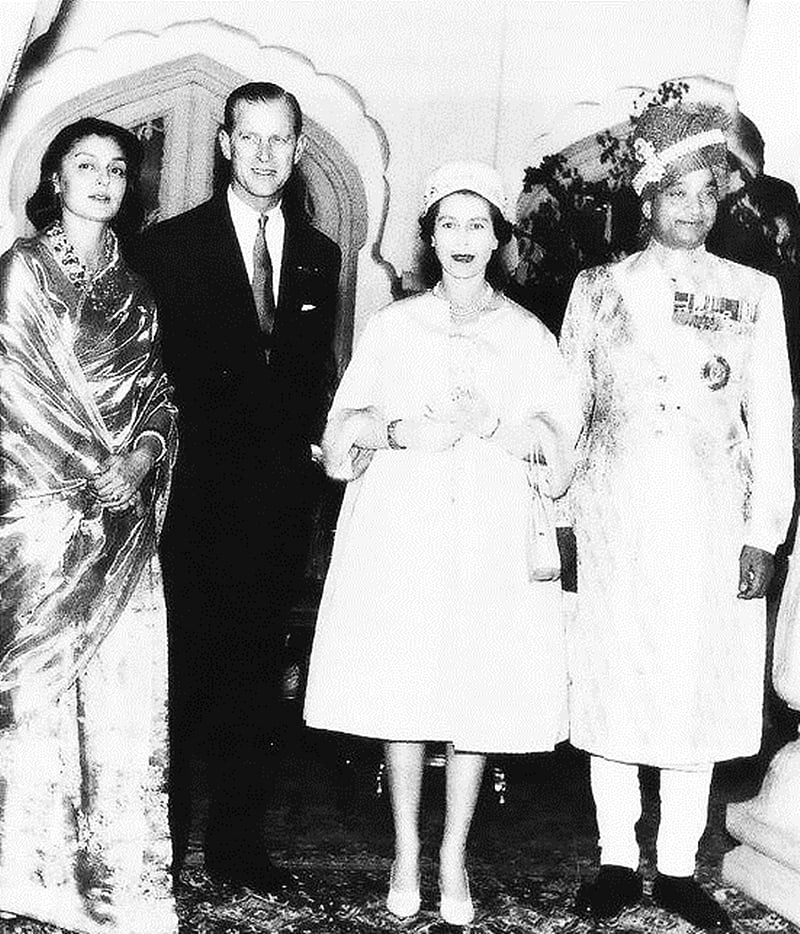
But, she could rule as maharani for just seven years. She was a witness to the era when India became Independent in 1947. She also saw the abolition of princely states and later the abolition of the privy purses.
In 1959, the last governor general C Rajagopalachari founded the Swatantra Party to promote free enterprise in India. The maharani became interested in politics, she said, because after the displacement of India’s nobility, she was unable to address the grievances of her former subjects.
Two years later, she joined the party and won the 1962 Lok Sabha election by a record margin and found a place in the Guinness Book of Records.
But, the Swatantra Party that she floated could not fulfil the aspirations of the people. In 1970 she lost her husband who died with his boots on in the polo ground in London.
In 1971, Indira Gandhi abolished the privy purse that came as big blow to the princes. The Maharani after losing her husband became the Rajmata.
She was expected to participate in India’s burgeoning democracy, being elected to Parliament three times and serving from 1962 until 1975. But, she was a casual participant in the parliament and she was hardly available as a member of the Lok Sabha to the people, she was difficult to get accessed, yet people loved and respected her.
In 1975, after Prime Minister Gandhi declared a state of emergency owing to a threat of “internal chaos”, Gayatri Devi was among the many political opponents of the Congress Party who were arrested. After her release from prison, she withdrew from politics and spent the remainder of her life in relative seclusion, in Jaipur and in England.
She would spend time in England with her son Jagat Singh living in her apartment in London. Jagat Singh married the Thai princess Priyanandana and had two children Devraj Singh and Lalitya Kumari. But, the marriage did not last and there was tension in the family.
After the divorce, Jagat Singh died in 1997 and Gayatri Devi first decided not to give a single penny to the grandchildren. However, when the grandchildren came to Jaipur, love for her own blood saw her writing the will in the names of her grandchildren, which was opposed by her stepsons Jai Singh and Prithviraj whom she trusted.
Now, Devraj on the strength of inheritance is seeking a right on her property and has won a legal battle on the ownership of the Jai Mahal Palace.
All her life, she along with her stepsons, fought against Brig Bahwani Singh and dragged him to the court of law. But, it was Bhawani Singh, who in the later part helped her and when she died she was given a royal funeral. It was Bhawani Singh who built a chhatri (cenotaph) to commemorate her memory at the Maharani Ji Ki Chhatri where she was laid to rest.








